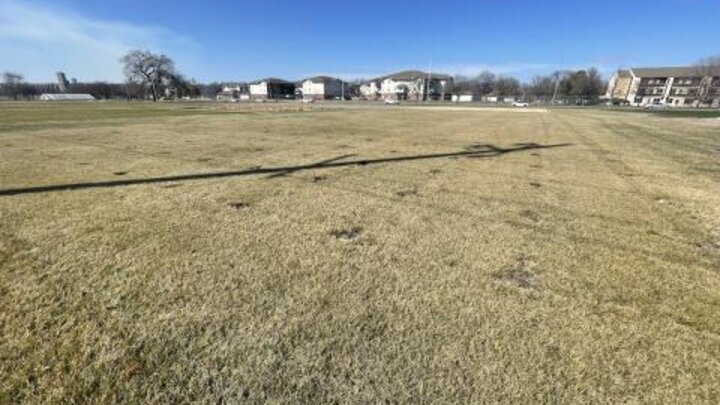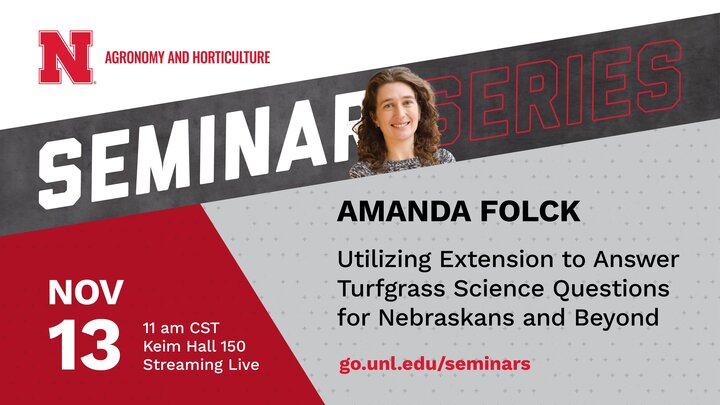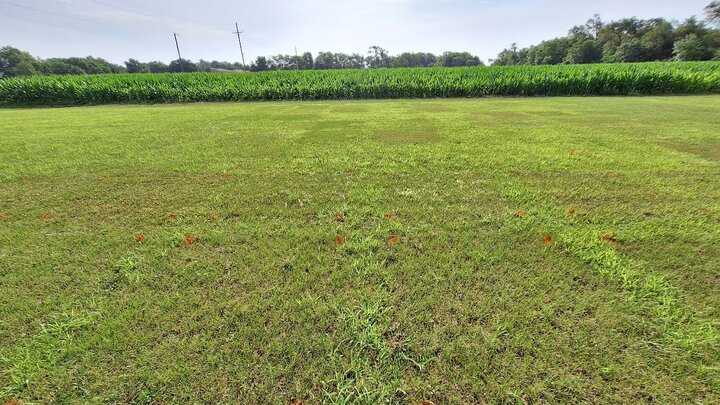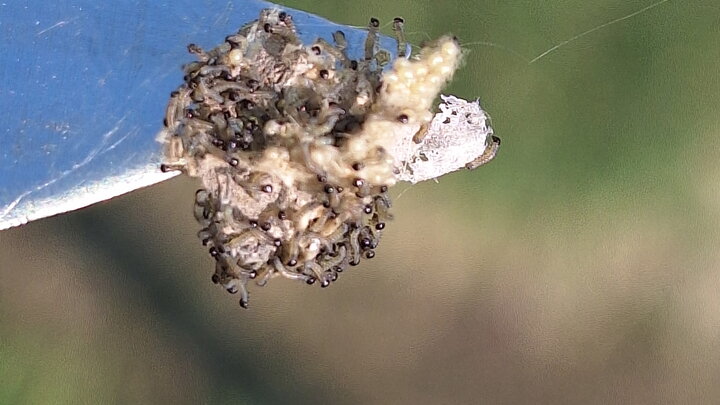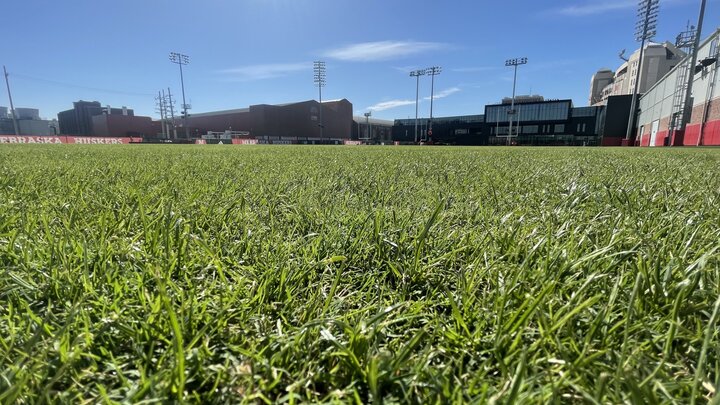Tuesday, March 19, 2024
2024 has started with a lot of changes in the weather, particularly warmer temperatures at the end of February and into March in Nebraska. As we move forward 1 hour in Daylight Savings Time last Sunday and today is the spring equinox (the first day of spring), there has been an abnormal increase in warmer temperatures, but also an outlook of cooler temperatures (again) later this week.
To help determine when to start the cultural management practices in turfgrass areas, there are tools that you can use to track the soil temperature, growing degree days (GDD), and general weather outlook. These resources will help you track the everchanging weather in Nebraska and help determine when to start doing work in your turfgrass area.
Soil Temperature
One of the important factors in overcoming winter dormancy and encouraging growth in turfgrass areas is consistent warm soil temperatures. For cool-season grasses, it will be at soil temperature consistency of at least 55 degrees Fahrenheit and warm-season grasses will be at least range consistency of 65-70 degrees Fahrenheit soil temperature. There are a few different resources to see soil temperatures:
The National Weather Service has a soil temperature map for the central United States. The data comes from various data points including the U.S. Climate Reference Network.
You can also find the average soil temperature from the day prior on the Nebraska Mesonet website on “Summary Maps” under the 4-inch soil moisture in the drop-down selection next to the map.

Figure 1. Average 4 inch soil temperature of Nebraska Mesonet stations (in Fahrenheit) on March 18, 2024. From Nebraska Mesonet.
Another free resource is Syngenta GreenCast. However, it does not list the specific depth of the individual soil temperatures, but it does list the average of soil temperatures and the average in the area based on your zip code.
For more specific temperature readings in a turfgrass area, you can use an unused digital kitchen thermometer to insert up to 4 inches into the soil. Wait up to 5 minutes and record the readings from the thermometer. This can be done daily to determine if it reached consistently the recommended soil temperature. Be mindful of the condition of the turfgrass area (ex. frost) before doing a soil temperature reading. If this occurs, wait until later in the day or when the temperatures increase consistently to do a temperature reading.
Growing Degree Days (GDD)
Another way to investigate planning for cultural management practices in turfgrass areas is by tracking the Growing Degree Days (GDD). Below are a few websites to help with tracking of GDD’s.
The GDD Tracker from Michigan State University is a useful site that measures the GDD based on your zip code. But be cautious of using the site on tracking degree days since it is based in the Great Lakes region.
Syngenta GreenCast also has a GDD tracking to help with the application of herbicides.
The High Plains Regional Climate Center (RCC) CLIMOD uses temperature information from the stations in Nebraska. Daily Degree Days can be tracked from temperature information on the station. You can also adjust the base temperature to get the GDD needed from the last few days to the start of January 1 of this year. Note it is recommended to start GDD on January 1 to get a more accurate reading of GDDs.
To help track GDDs in your area**, you can calculate this by:
=((maximum temperature (Fahrenheit) + minimum temperature (Fahrenheit)/2) – base temperature (Fahrenheit)
The base temperature can be 22, 32, or 50 degrees Fahrenheit, based on what model to measure in GDDs. For more information on the base temperatures selection in GDD models, refer to https://gddtracker.msu.edu/about.
If the temperature is less than the base temperature into a negative number, it will be 0 for that day.
**GDD calculation information from Purdue Turfgrass on " Use Growing Degree Days to Better Time Your Applications".
General Weather
There are various sites and resources for general weather to keep in mind in combination with soil temperature and GDD. Follow the local weather stations in your area. In addition, use the National Weather Service in your respective locations for more updated information:
- Omaha: Yankton, Columbus, Lincoln, Beatrice, Nebraska City, Omaha and Falls City
- Hastings: Ord, Grand Island, Holdrege, Kearney, McCook, Hastings, and Hebron
- North Platte: Broken Bow, Imperial, Valentine, Oshkosh, Arthur, O’Neill, Butte, Mullen, North Platte and Ogallala
- Cheyenne, WY: Harrison, Scottsbluff, Sydney and Alliance
Another resource is the Nebraska State Climate Office for weather-related outlooks from Dr. Eric Hunt, the Assistant Extension Educator of Agricultural Meteorology and Climate Resilience. You can also read the weekly weather updates from the Nebraska State Climate Office or see Eric on the weekly weather updates on Market Journal.
All three areas are helpful resources in determining when to go out and do any preemergence herbicide for any specific weed control or any other timely management practices for your turfgrass area.
